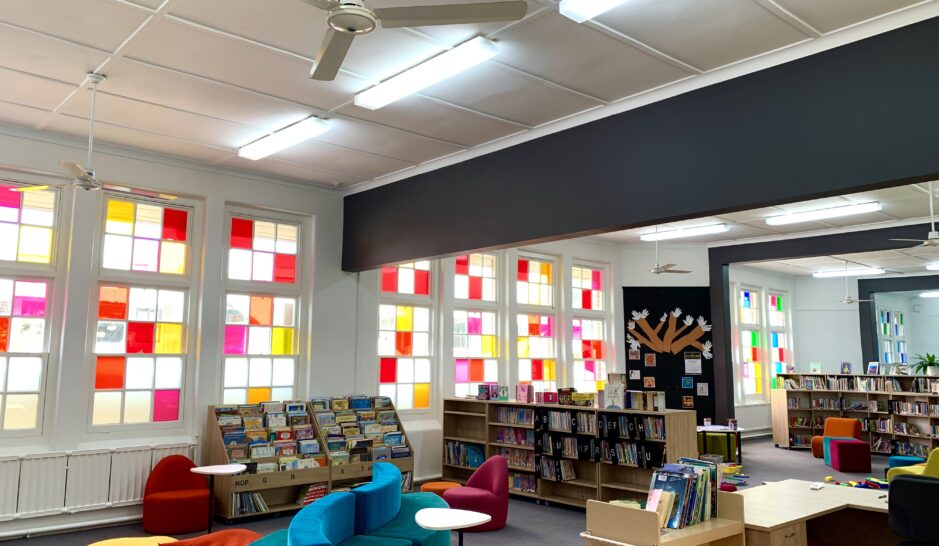
A fresh coat of paint and new carpets can rejuvenate your school while giving your classrooms a new lease on life. But did you know that school design and even the colours of your walls can impact student performance?
Physical features of learning spaces have been found to stimulate emotions and prepare students for learning, while poor acoustics, insufficient lighting, and a cluttered classroom can all negatively impact focus, productivity, and mood.
Here’s how the design of your school could be influencing academic performance.
Improving morale and school outlook
Dark, dingy, and unkempt classrooms can reflect poorly on a school, not just for visiting parents and future students, but for current students as well.
By taking the time to brighten up the learning environment, modernise the space, and repair those unsightly cosmetic issues, you’re showing your students that you care about their facilities, and they should too. Students tend to feel more pride for their school when they know their school takes pride in itself. This can help boost student morale and performance.
Using colour to influence emotion, cognition, and performance
Research has found that certain colours can influence learning, concentration, mood, and memory. Blue, for example, is believed to help increase information retention, while vibrant colours can stimulate learning. However, too much brightness within a room can over-stimulate a child and reduce their ability to focus. That’s why it’s important to find a balance.
A study conducted by the University of Salford in Manchester found that light or white coloured walls with bright highlights or a feature wall had the best correlation with learning progress.
Enhancing student performance with natural light
Many studies have found that natural light can help improve mood, attention, cognition, and alertness in students, all of which are key to academic performance. Natural light has even been found to significantly influence reading vocabulary and science scores.
By painting your rooms in a way that enhances natural light (without causing glare), you can help support productivity in the classroom.
Minimising distracting noise
Studies conducted on the effects of noise and reverberation at school have found that many classroom acoustics are not conducive to student learning. A classroom with a lot of hard surfaces, for example, can result in reverberation and amplification of sound, making it harder for students to hear their teachers speak. This can cause annoyance and negatively impact a child’s ability to focus.
Minimising the hard surfaces in your classroom can help dampen these distracting noises. Covering hard floors with carpet, replacing hard seats with fabric chairs, and even placing plants or other sound dampening objects in corners or against large, blank walls can aid in absorbing sound and preventing distraction.
Support student learning: request a quote today
Our team of qualified painters have extensive experience in renovating, repairing, and recarpeting schools all throughout Victoria. Contact us today to request a quote or organise a free painting assessment so that we can advise you on optimising your space for student learning.
Contact RESOLUTE Painting & Projects
